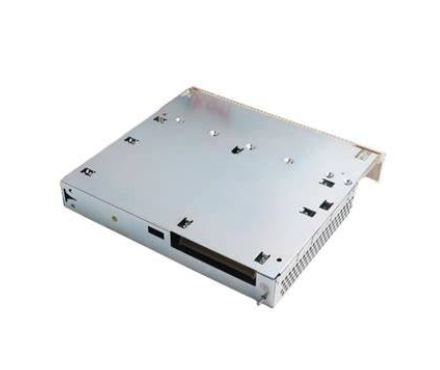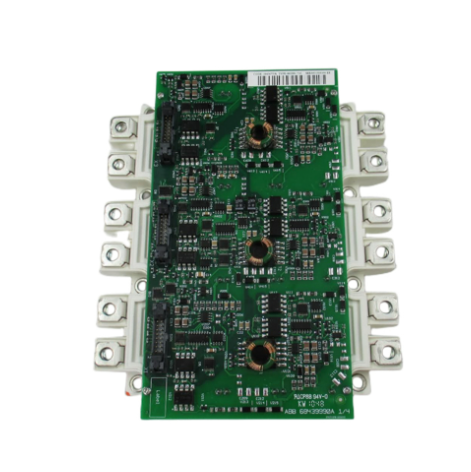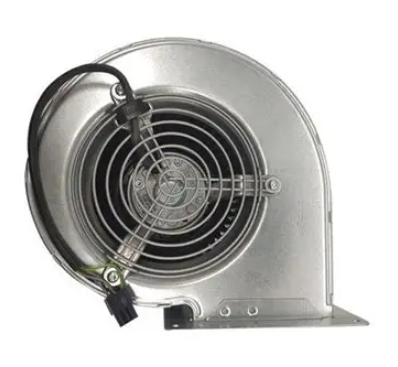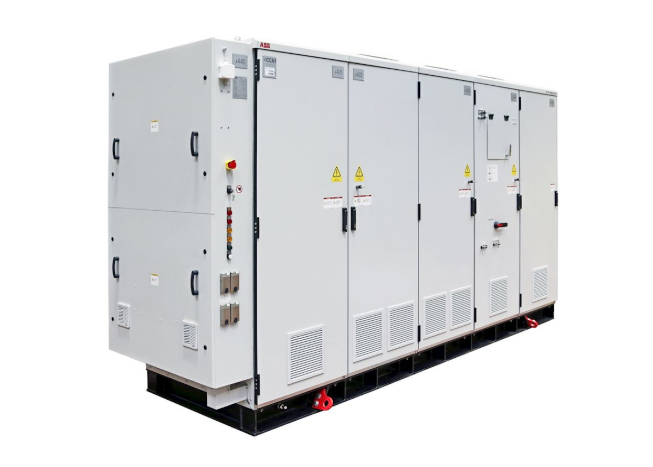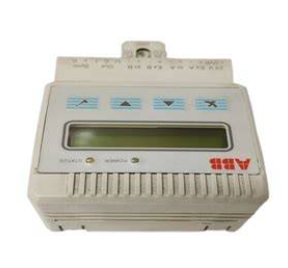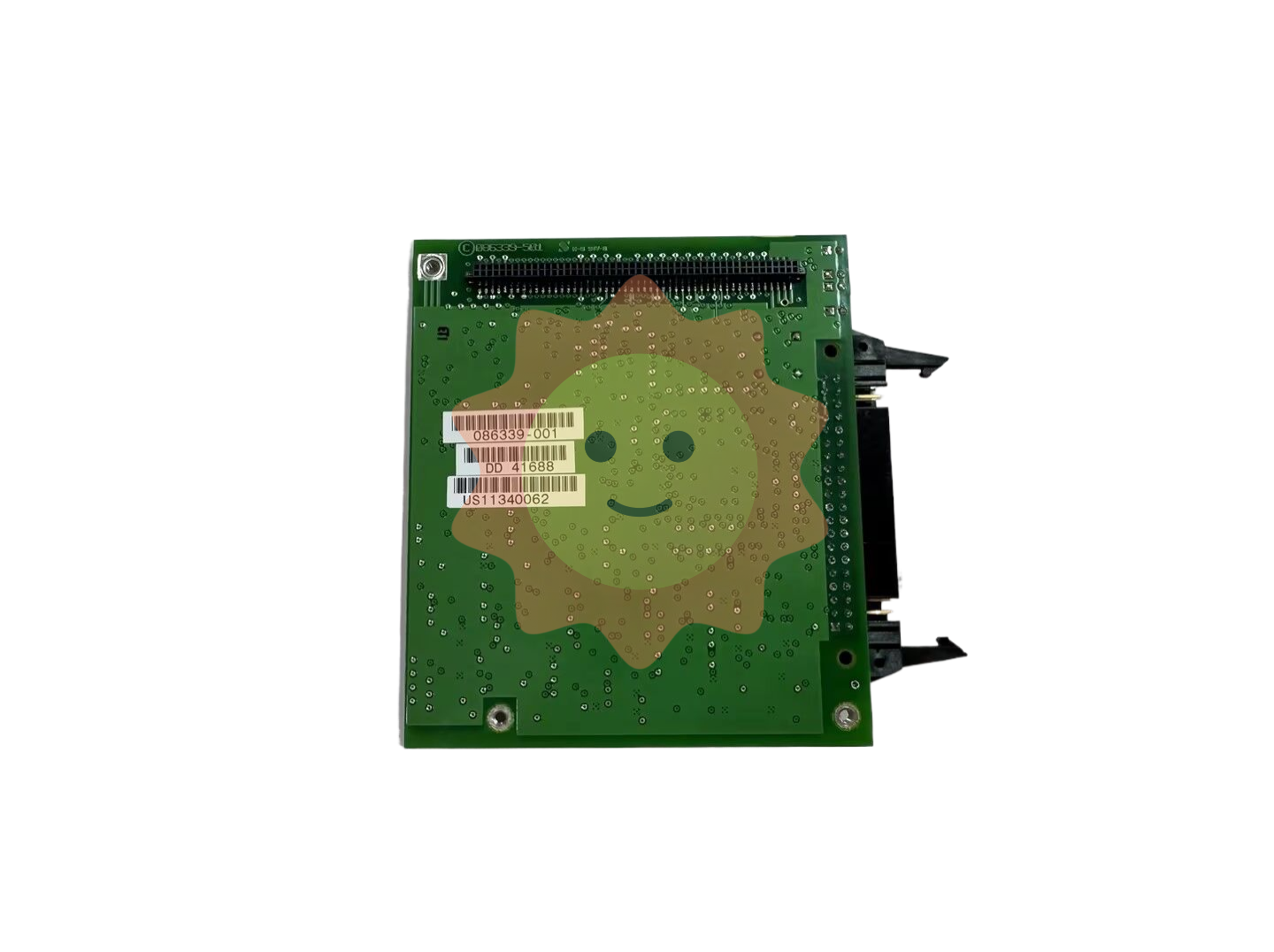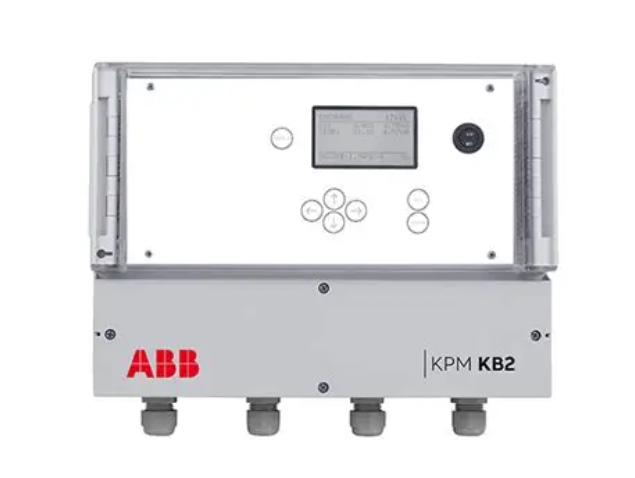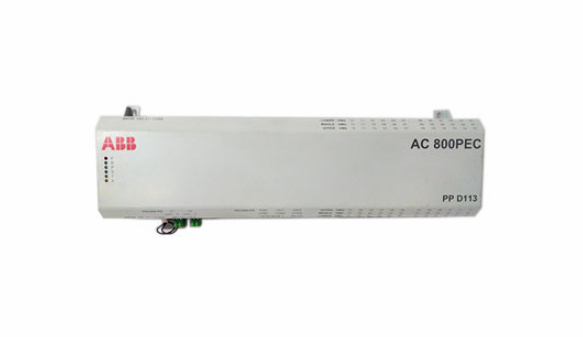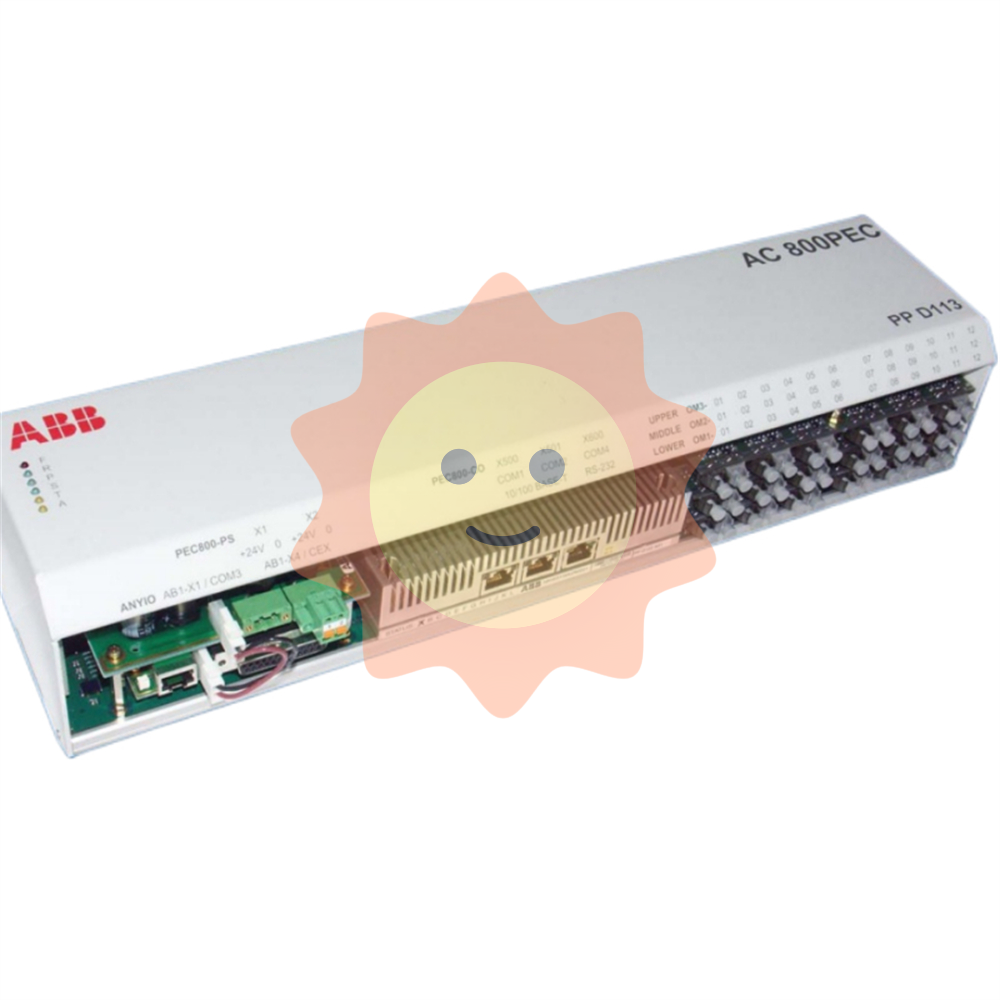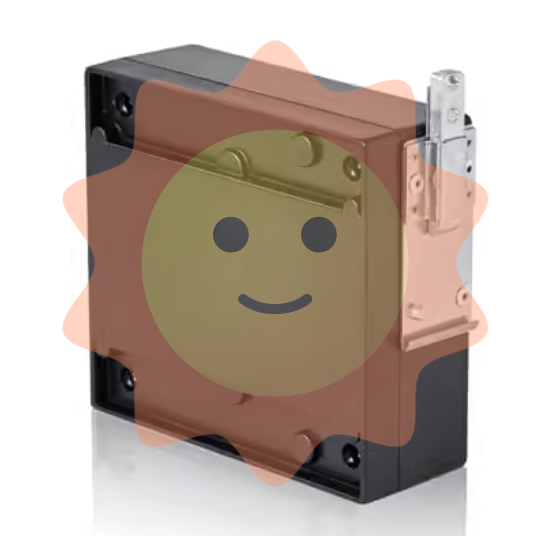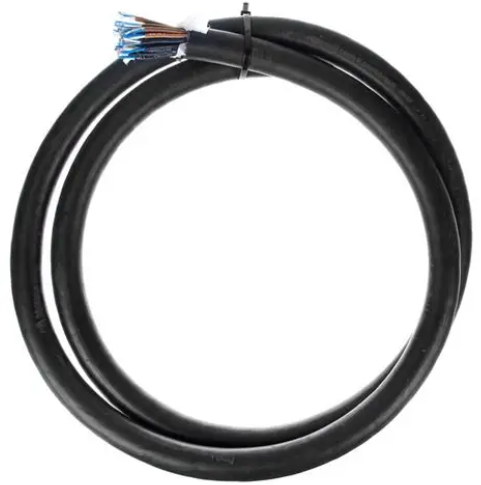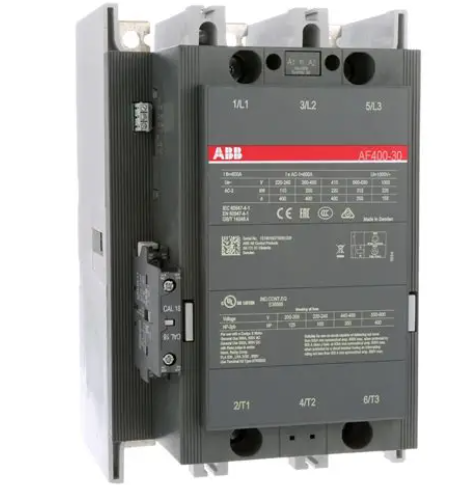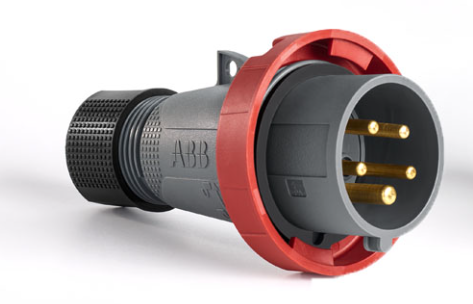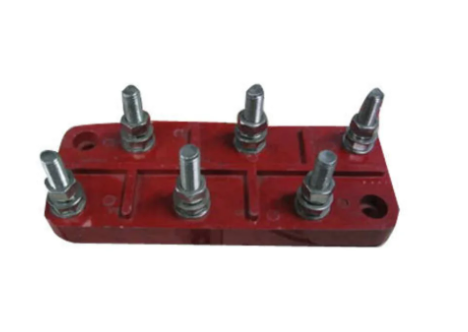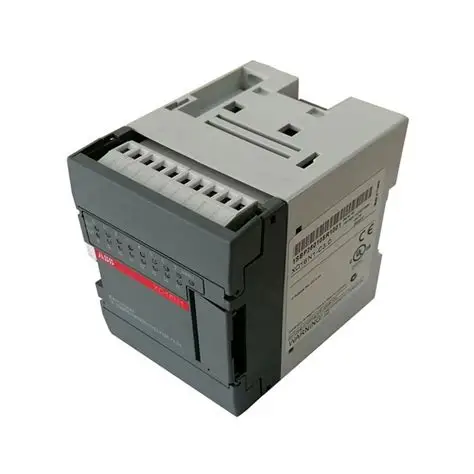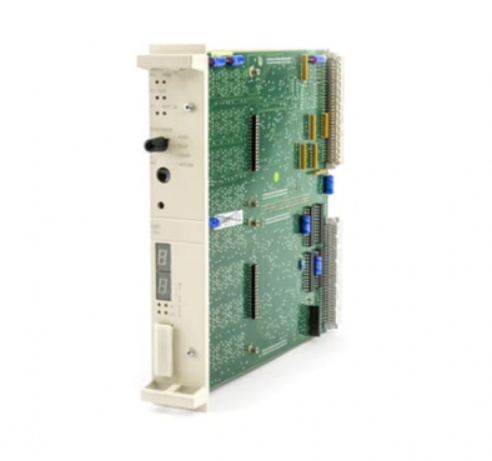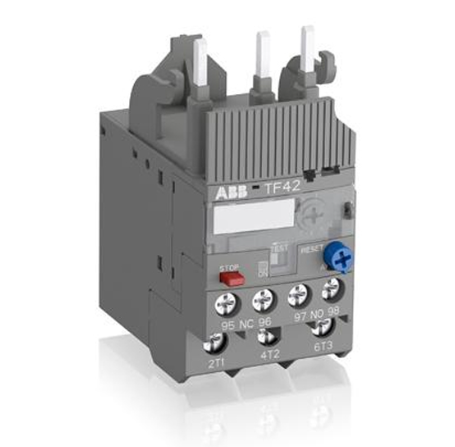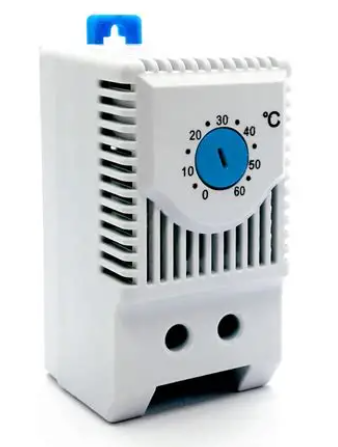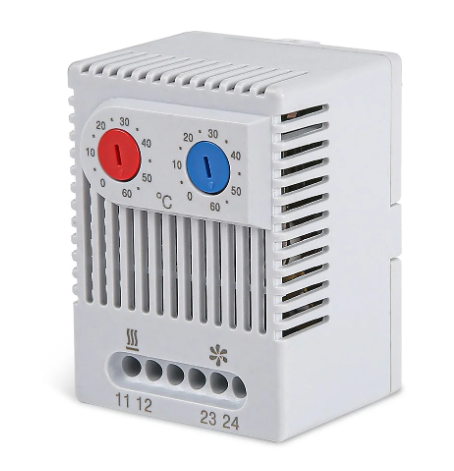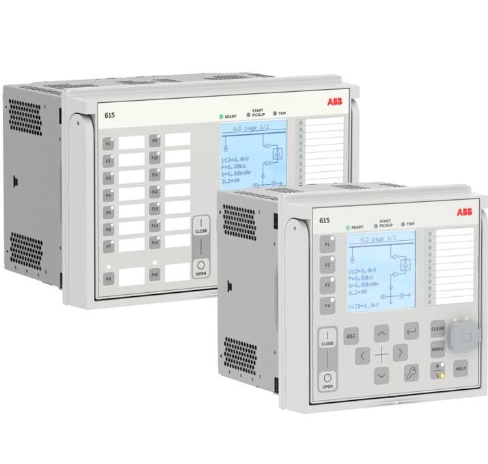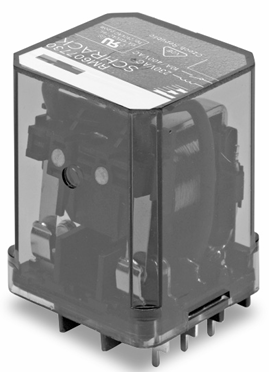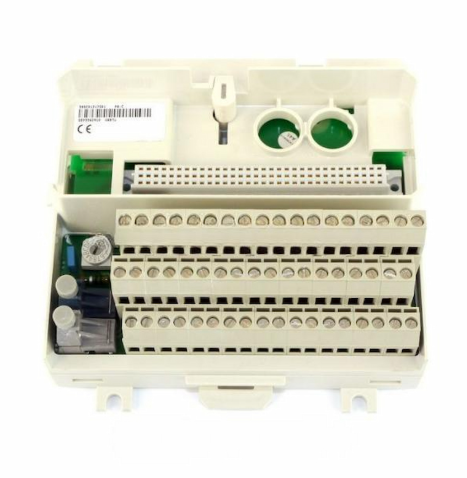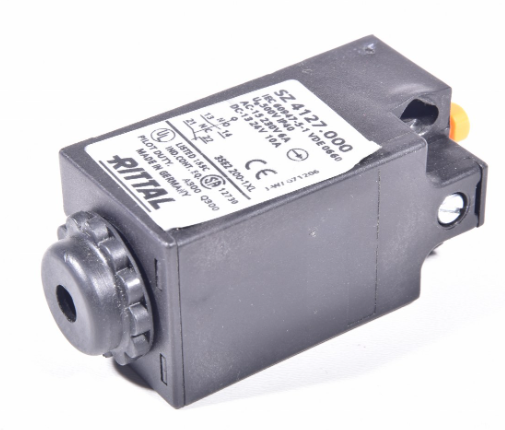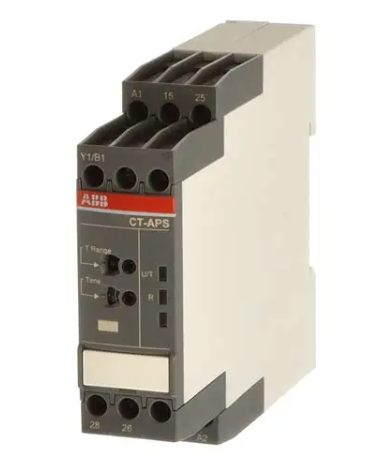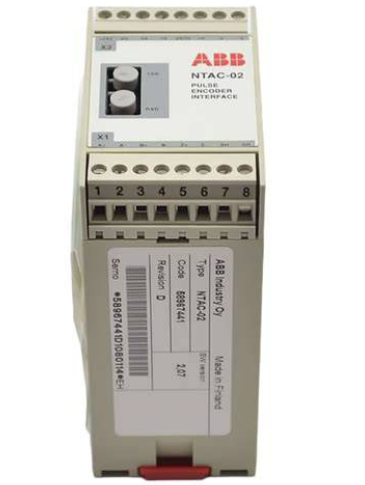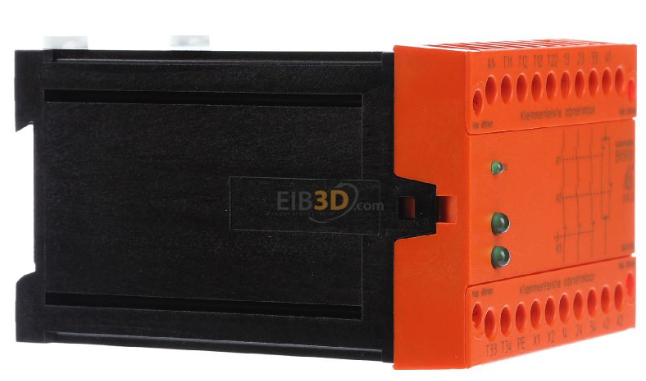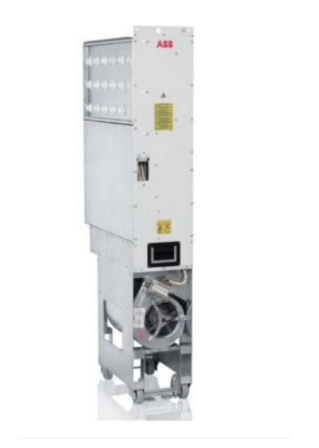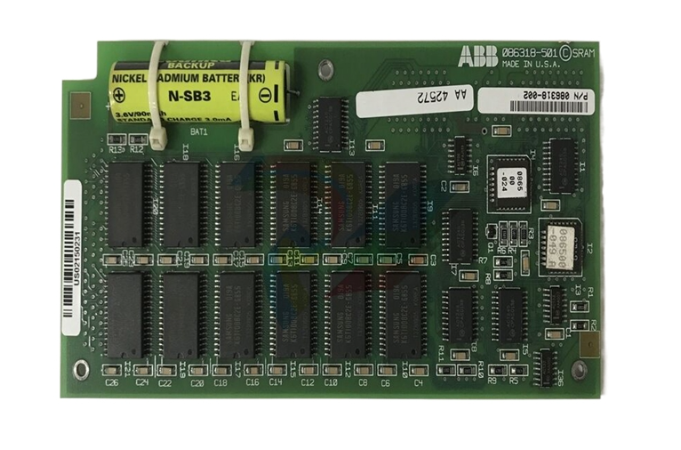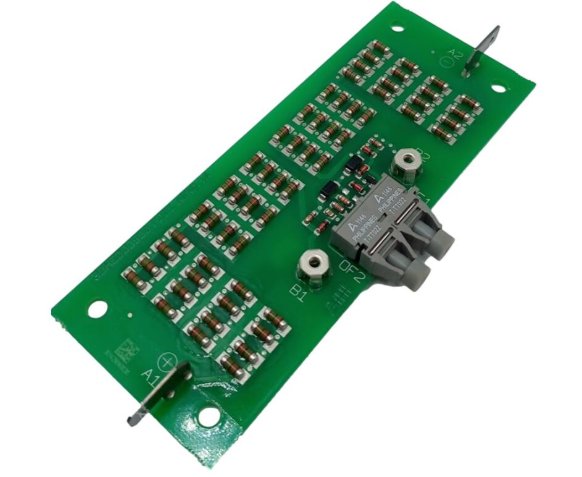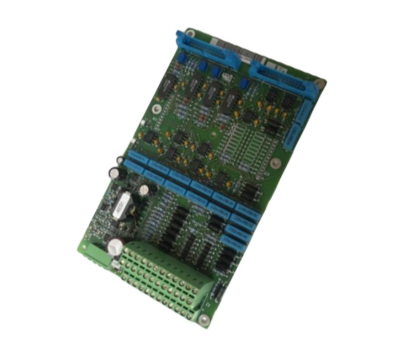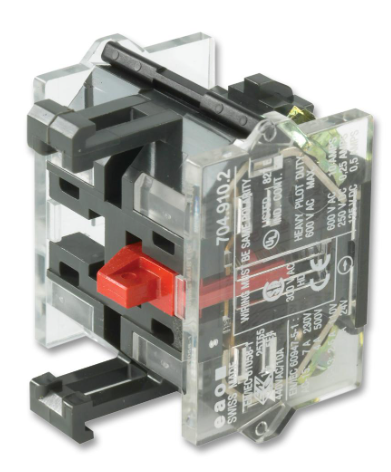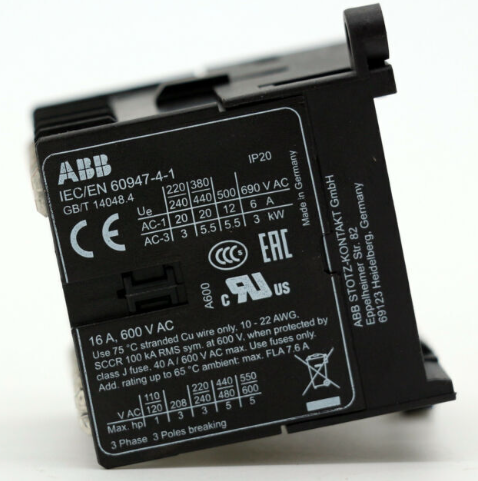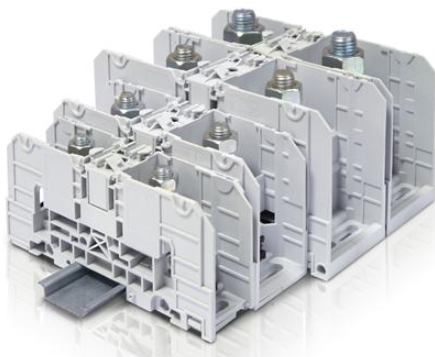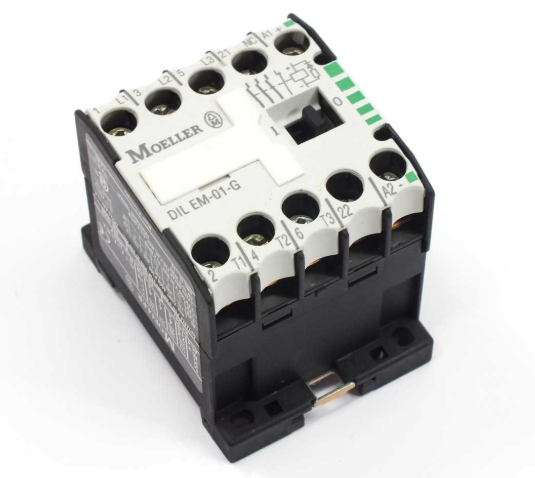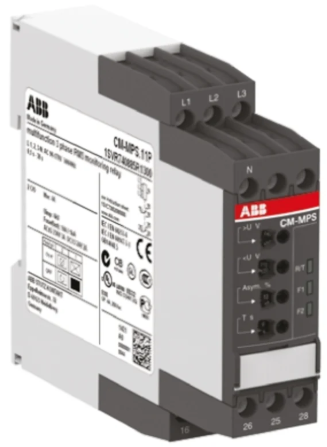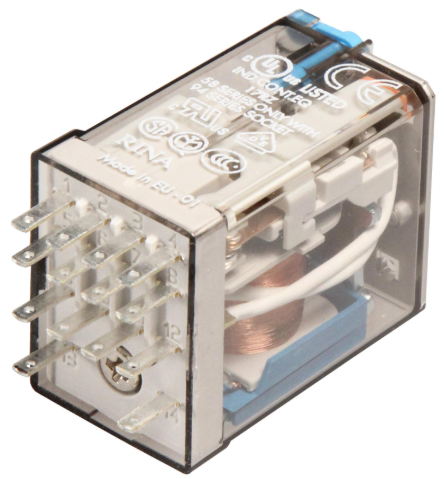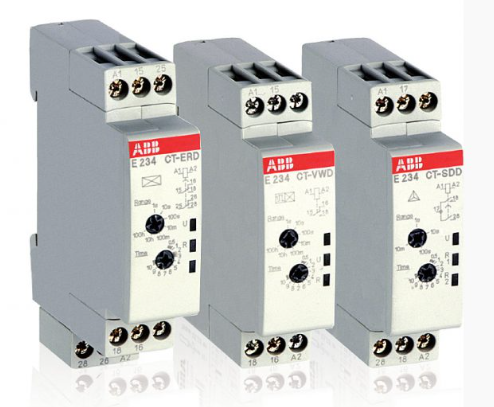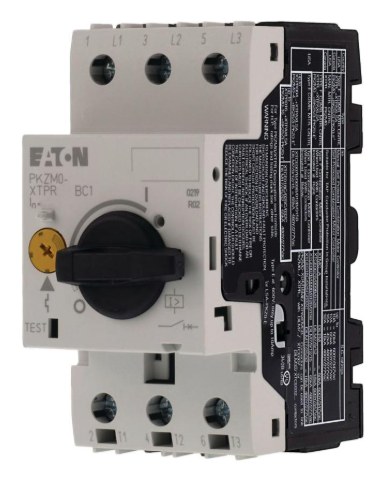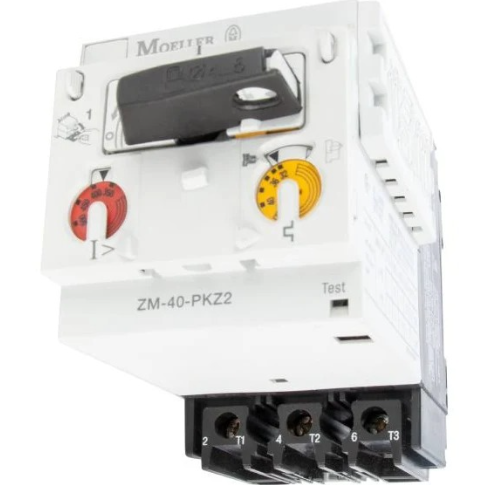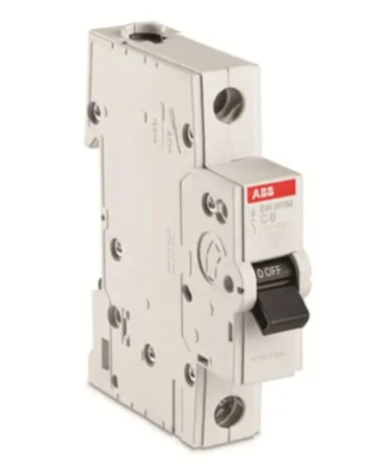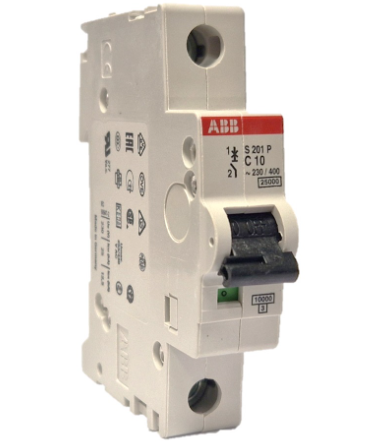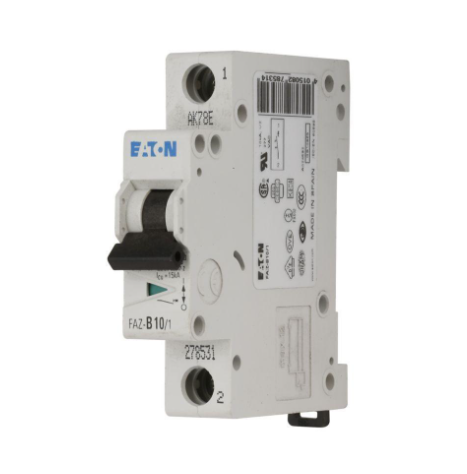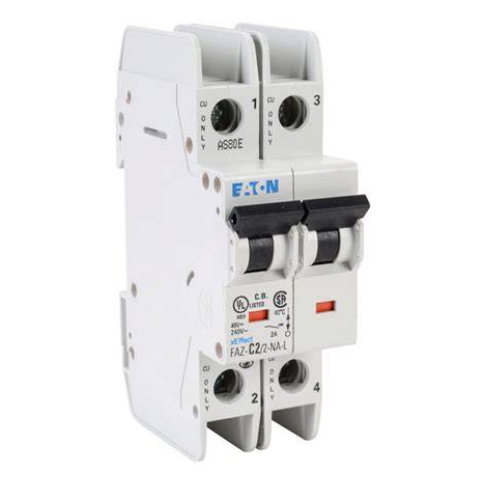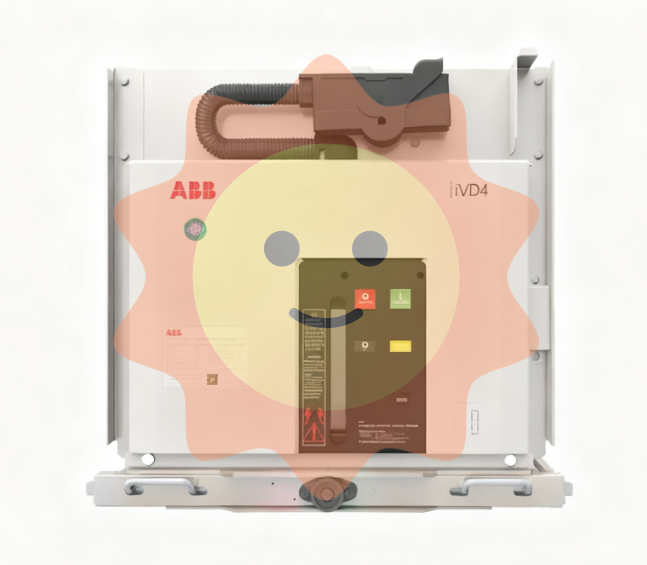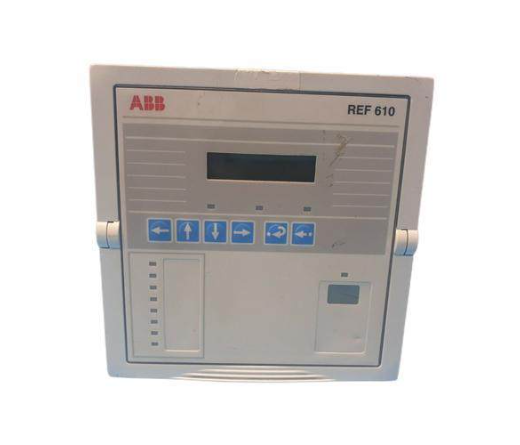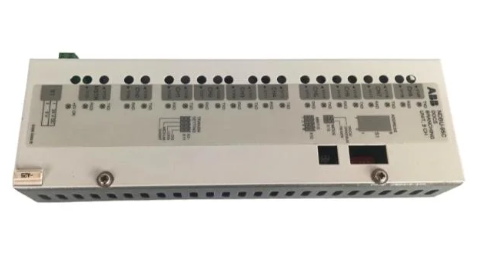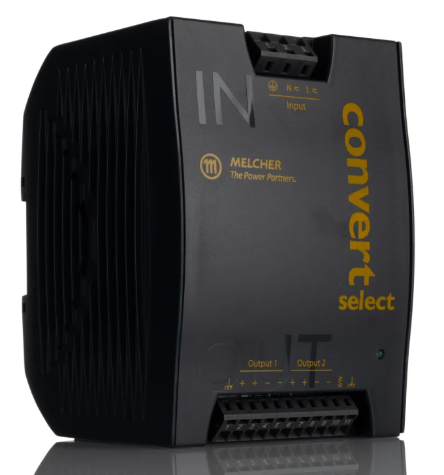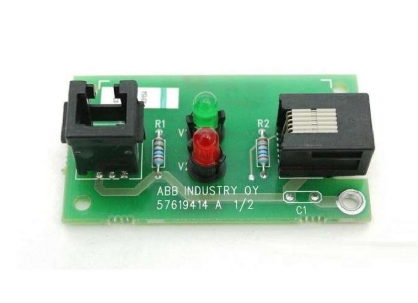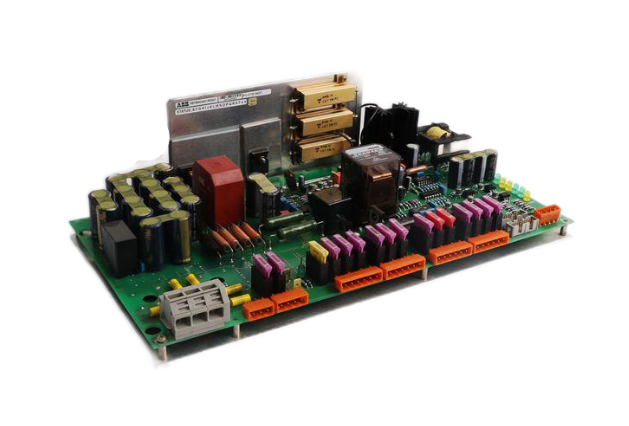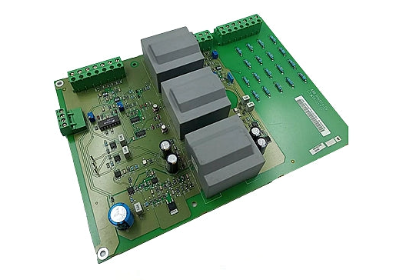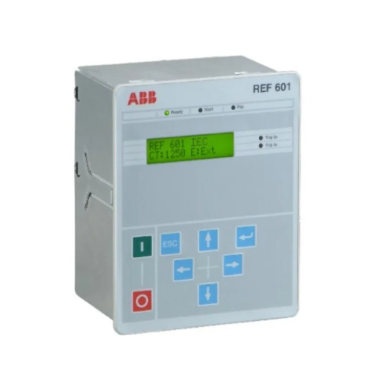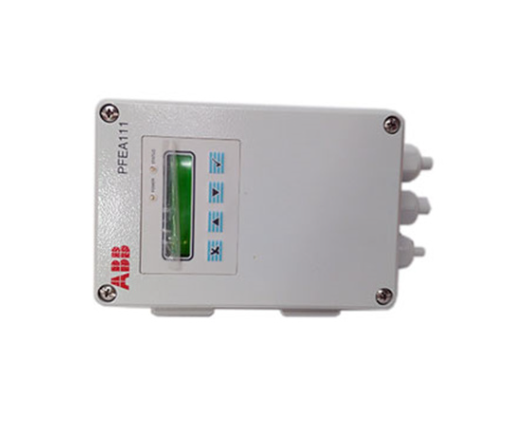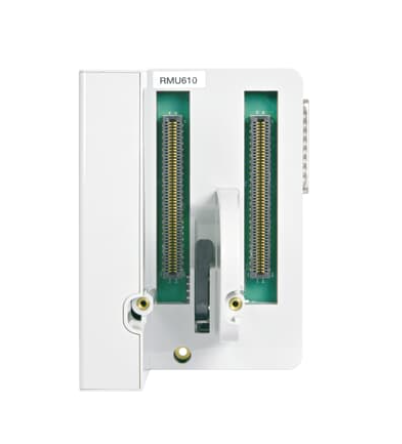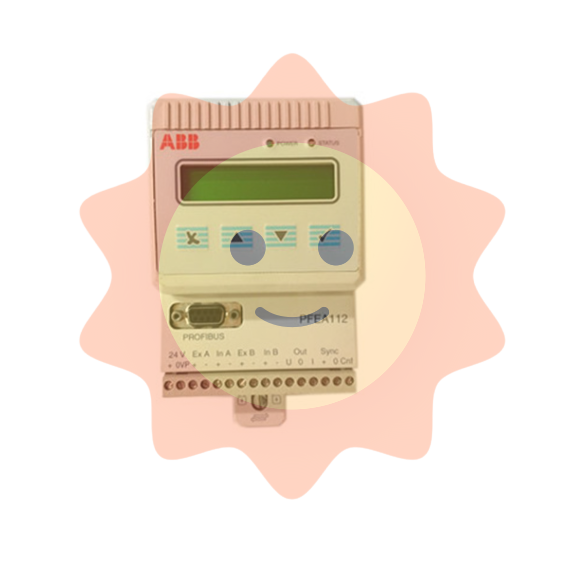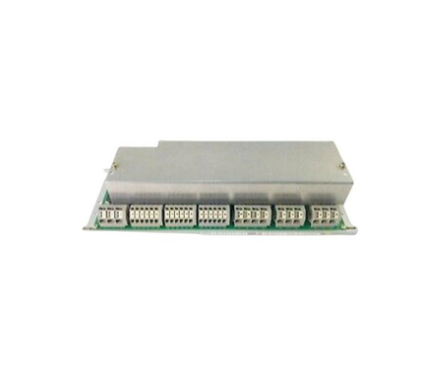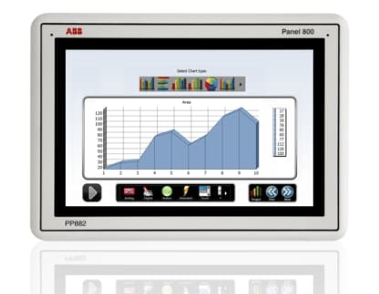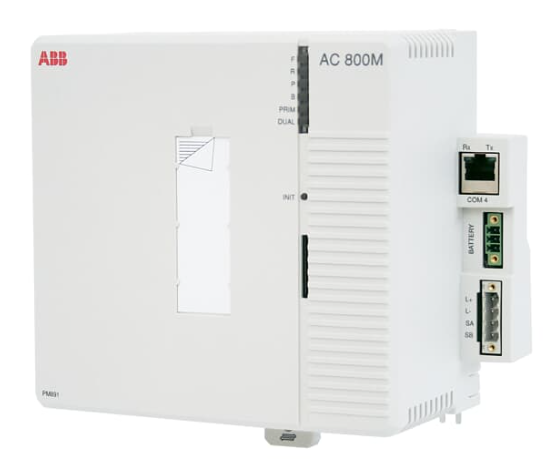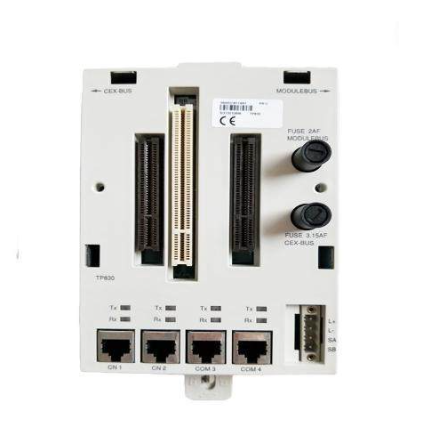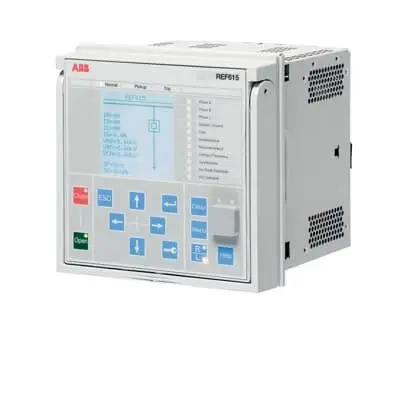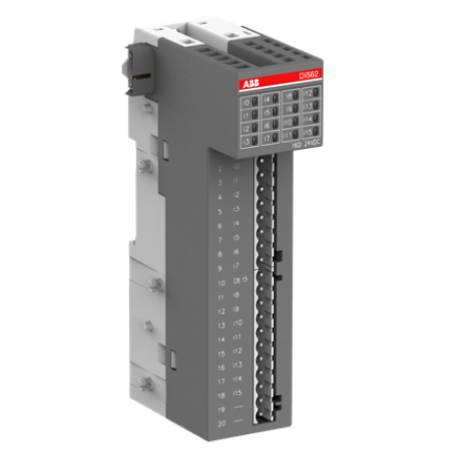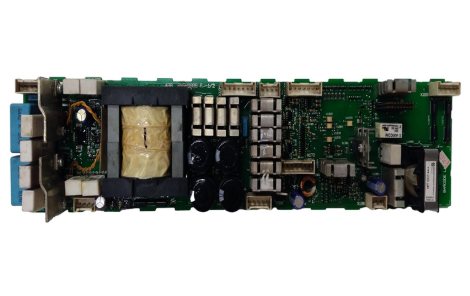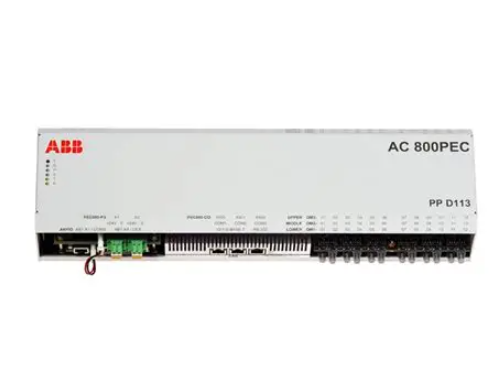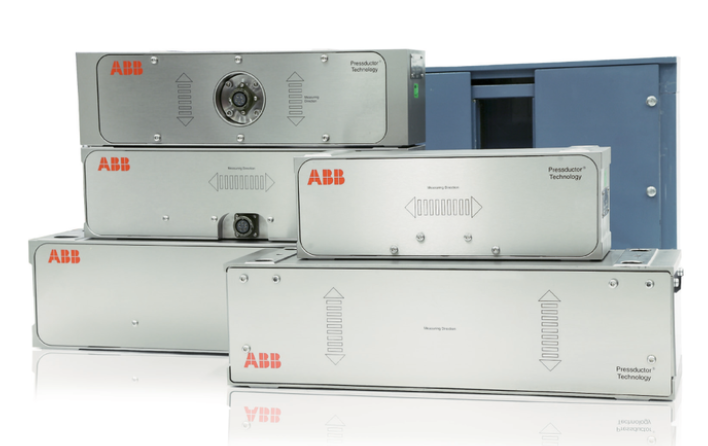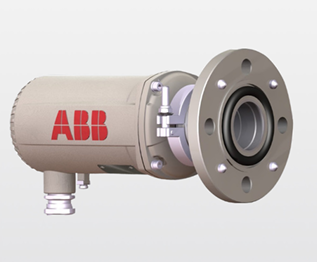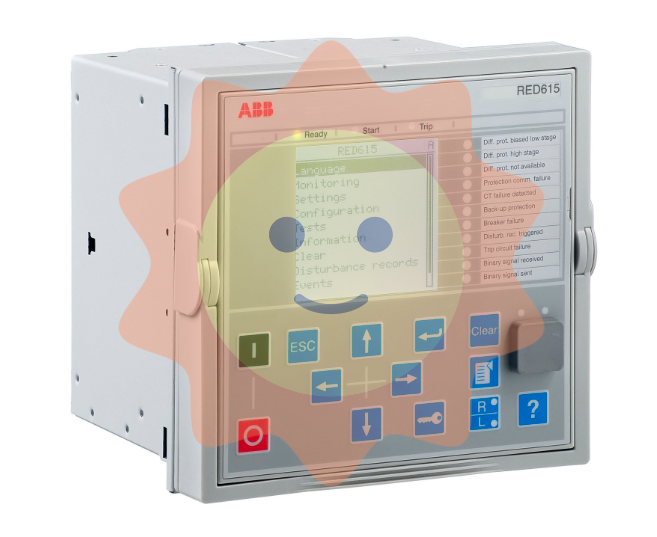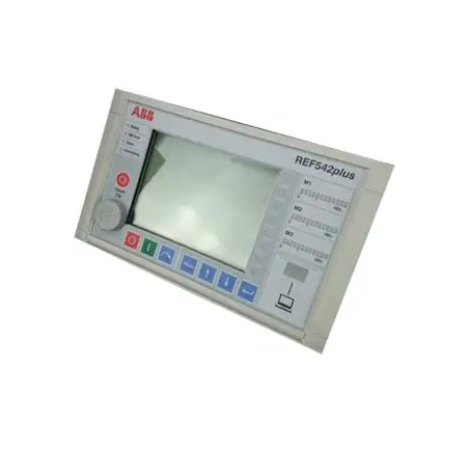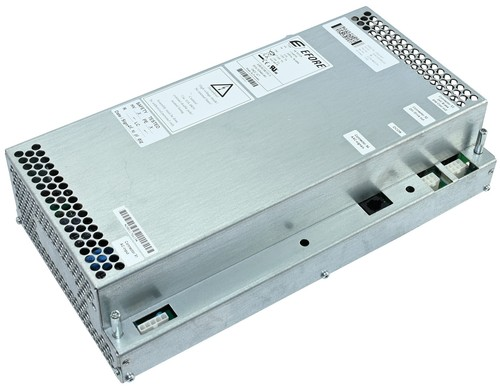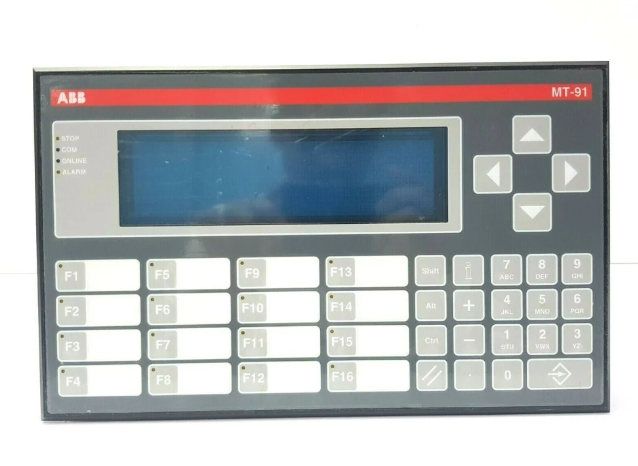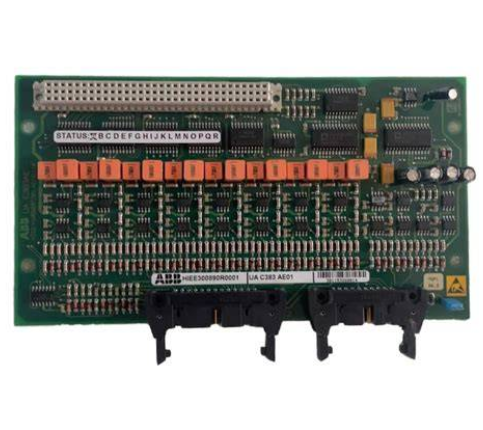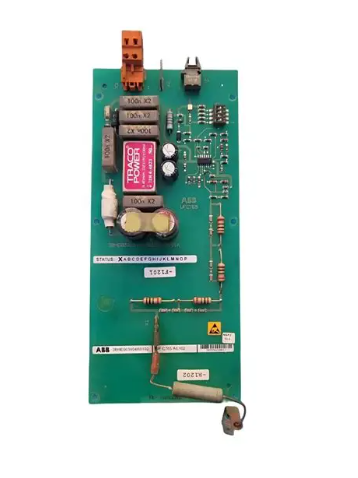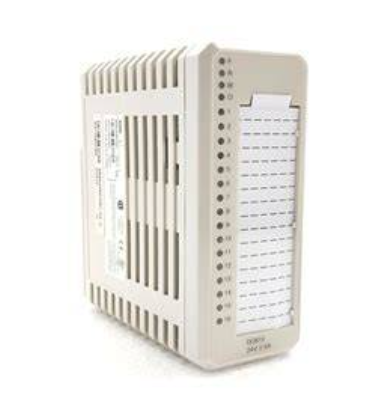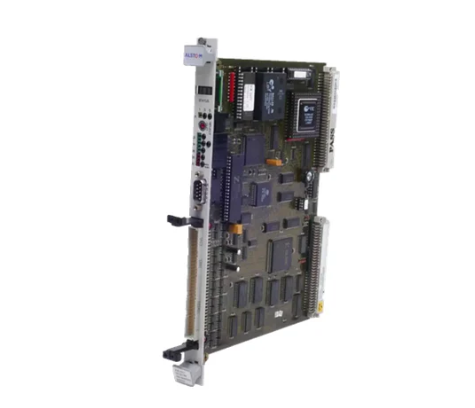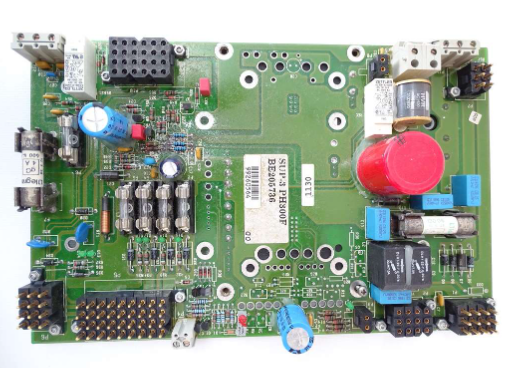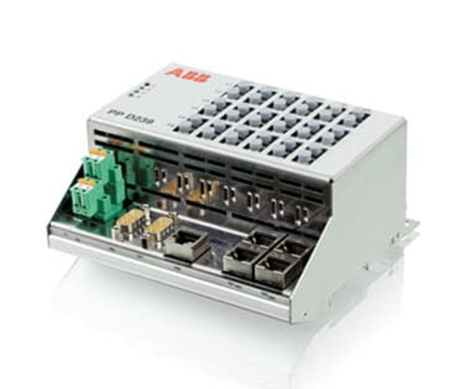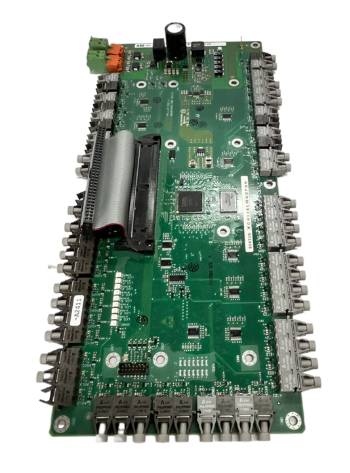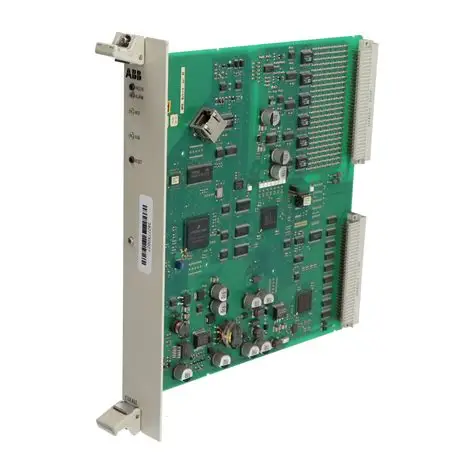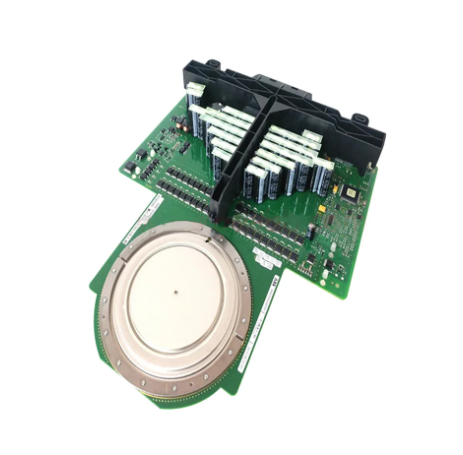ABB 086329-003 ECS BOARD Digital Input Module
ABB 086329-003 ECS BOARD Digital Input Module
Product overview
ABB 086329-003 is a digital input module designed specifically for industrial automation systems, belonging to the ECS (Electronic Control System) series of ABB's industrial control product family. Its core function is to convert the switch signals of external devices (such as buttons, sensors, relay contacts, etc.) into digital signals recognizable by the system, achieving real-time monitoring and data acquisition of industrial equipment status. This module is widely used in manufacturing, energy, process control and other fields, and is one of the fundamental components for building automation control systems.
Brand background
As a global leader in industrial automation, ABB's digital input modules rely on over a century of accumulated electrical and automation technology, possessing high reliability, high precision, and strong compatibility. ABB's ECS series products are known for their modular design and standardized interfaces, supporting seamless integration with ABB's PLCs (such as the AC500 series), DCS systems, and third-party controllers, meeting diverse control needs from small and medium-sized equipment to large production lines.
Specification parameters
Number of input channels: 16
Input signal type: dry contact: no voltage contact
-Wet contact: DC 24V signal
Voltage range: DC 12-24V
Input impedance: ≥ 10k Ω)
Isolation characteristics: Electrical isolation between channels, isolation voltage ≥ 500V AC, resistance to electromagnetic interference (EMI) and radio frequency interference (RFI)
Response time: 0.1-50ms
Communication interface: Supports Modbus RTU/ASCII, Profibus DP, EtherNet/IP
Working temperature: -20 ° C~+60 ° C
Protection level: IP20 (indoor installation), optional IP67 protective shell
Physical dimensions: Standard rail installation: 100mm (width) x 150mm (height) x 120mm (depth)
Weight: Approximately 0.3kg
Core functions
Multi type signal acquisition:
Supports dry contacts (such as buttons and limit switches) and wet contacts (such as 24V DC sensors) input, compatible with mechanical contacts and electronic signals, and adaptable to various industrial equipment.
Built in filtering function, can set the debounce time (such as 1-50ms) to eliminate false signals caused by mechanical contact shaking or electromagnetic interference.
Real time status monitoring:
Each channel is equipped with LED indicator lights, which display the input status (on/off) in real time for on-site debugging and troubleshooting.
Support the "change detection" function, which only triggers data updates when the input status changes, reducing ineffective communication load.
System integration and communication:
Connect to Profibus or Ethernet network through bus adapter (such as ABB PP512) to transmit digital signals in real-time to PLC or upper computer.
Support redundant communication configuration to improve system reliability (such as dual bus connection).
Fault diagnosis and protection:
Built in overvoltage protection (such as surge suppression) to prevent transient voltage damage to the module;
Support channel disconnection detection and report fault codes (such as "channel open circuit" and "short circuit") through the communication interface.
Working principle
Signal input and conditioning:
The external switch signal is connected to the module through the terminal block, and the dry contact signal directly detects the on/off of the contact. The wet contact signal is converted into a logic level (such as 24V → 5V) after being divided by a resistor. The conditioned signal is electrically isolated through a optocoupler to avoid external interference affecting the internal circuit.
Analog to digital conversion and encoding:
The isolated signal is converted into a digital quantity (0/1) by an analog-to-digital converter (ADC) and transmitted to the microprocessor through an internal bus. After filtering and deblurring the signal, the microprocessor encodes it into data frames according to the communication protocol (such as Modbus).
Data transmission and interaction:
The encoded data is transmitted to the controller (such as PLC) through a communication interface. The controller parses the data and updates the input mapping table for logical operations or status display. At the same time, the module can receive configuration instructions from the controller (such as filtering time, input type) to dynamically adjust parameters.
Key advantages
High reliability design:
Optoelectronic isolation technology ensures that channels do not interfere with each other, and the anti-interference ability meets the IEC 61000-6-2 standard;
Wide temperature working range and industrial grade component selection, suitable for harsh environments such as vibration, dust, electromagnetic interference, etc.
Flexible scalability:
Support hot swapping, modules can be replaced without shutting down;
Modular design can be combined with other ABB I/O modules (such as digital outputs and analog inputs) to build customized control systems.
Efficient integration capability:
Standardized communication protocols reduce integration difficulty and support plug and play functionality;
- EMERSON
- Honeywell
- CTI
- Rolls-Royce
- General Electric
- Woodward
- Yaskawa
- xYCOM
- Motorola
- Siemens
- Rockwell
- ABB
- B&R
- HIMA
- Construction site
- electricity
- Automobile market
- PLC
- DCS
- Motor drivers
- VSD
- Implications
- cement
- CO2
- CEM
- methane
- Artificial intelligence
- Titanic
- Solar energy
- Hydrogen fuel cell
- Hydrogen and fuel cells
- Hydrogen and oxygen fuel cells
- tyre
- Chemical fiber
- dynamo
- corpuscle
- Pulp and paper
- printing
- fossil
- FANUC
- Food and beverage
- Life science
- Sewage treatment
- Personal care
- electricity
- boats
- infrastructure
- Automobile industry
- metallurgy
- Nuclear power generation
- Geothermal power generation
- Water and wastewater
- Infrastructure construction
- Mine hazard
- steel
- papermaking
- Natural gas industry
- Infrastructure construction
- Power and energy
- Rubber and plastic
- Renewable energy
- pharmacy
- mining
- Plastic industry
- Schneider
- Kongsberg
- NI
- Wind energy
- International petroleum
- International new energy network
- gas
- WATLOW
- ProSoft
- SEW
- wind
- ADVANCED
- Reliance
- YOKOGAWA
- TRICONEX
- FOXBORO
- METSO
- MAN
- Advantest
- ADVANCED
- ALSTOM
- Control Wave
- AB
- AMAT
- STUDER
- KONGSBERG
- MOTOROLA
- DANAHER MOTION
- Bently
- Galil
- EATON
- MOLEX
- Triconex
- DEIF
- B&W
- ZYGO
- Aerotech
- DANFOSS
- KOLLMORGEN
- Beijer
- Endress+Hauser
- MOOG
- KB
- Moxa
- Rexroth
- YAMAHA
- Johnson
- Westinghouse


Email:wang@kongjiangauto.com



